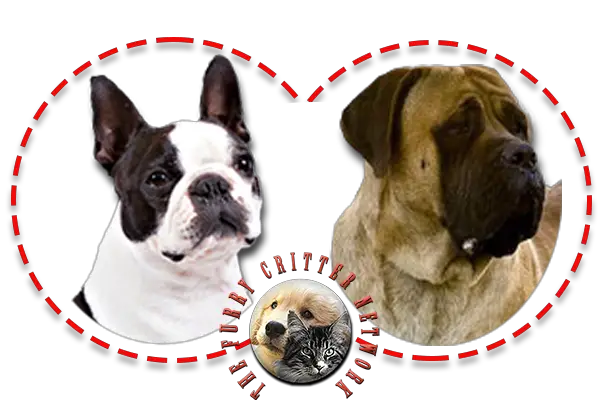English Mastiff Breed Description - Cross #2
The English Mastiff, or simply the Mastiff, is a British dog breed of very large size. Likely descended from the ancient Alaunt and Pugnaces Britanniae, with a significant input from the Alpine Mastiff in the 19th century. Distinguished by its enormous size, massive head, short coat in a limited range of colors, and always displaying a black mask, the Mastiff is noted for its gentle and loving nature. The lineage of modern dogs can be traced back to the early 19th century, but the modern type was stabilized in the 1880s and refined since. Following a period of sharp decline, the Mastiff has increased its worldwide popularity. Throughout its history the Mastiff has contributed to the development of a number of dog breeds, some generally known as mastiff-type dogs or, confusingly, just as "mastiffs".
It is the largest living canine, outweighing the wolf by up to 50 kg (110 lbs) on average.
With a massive body, broad skull and head of generally square appearance, it is the largest dog breed in terms of mass. It is on average slightly heavier than the Saint Bernard, although there is a considerable mass overlap between these two breeds. Though the Irish Wolfhound and Great Dane can be more than six inches taller, they are not nearly as robust.
The body is large with great depth and breadth, especially between the forelegs, which causes these to be set wide apart. The length of the body taken from the point of the shoulder to the point of the buttock is greater than the height at the withers. The AKC standard height (per their website) for this breed is 30 inches (76 cm) at the shoulder for males and 27.5 inches (70 cm) (minimum) at the shoulder for females. A typical male can weigh 150–250 pounds (68–113 kg), a typical female can weigh 120–200 pounds (54–91 kg), with very large individuals reaching 300 pounds (140 kg) or more.






